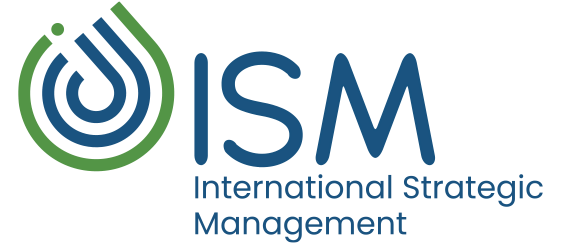From Bootstrapping to Capital Readiness
image from Unsplash by Shane
I know what it means to “bootstrap” my existence. From my own experience and that of the thousands of entrepreneurs I’ve worked with globally who have bootstrapped their businesses, I’ve learned that transitioning from a bootstrap strategy and approach to a capital-ready company or entrepreneurial venture takes some time and effort.
When you are bootstrapping it’s simple — but not easy! You earn as much as you can and you keep as much as you can so you can survive the next month or two. You keep doing that, thinking about the day or two or week or two that you are in, and having some long-term strategy of wanting to continue to do that repeatedly.
Being profitable is the last thing on your mind! Although you’d like to make some money, the idea is just to have some kind of cash flow and a little bit of profit. As long as you can pay bills and continue your business you are fine, for the most part.
On the other hand, being “Capital Ready” is having an understanding of income statements, balance sheets, the cash flow statement, operating expenses, net profit, gross profit — and many other terms funders and lenders expect you know.
To move forward from the bootstrapping mindset to a “Capital Ready” mindset, consider exploring the following:
Have an Accountant: Connect with someone who can help you through the transactions you are making to better understand where the money is being spent and for what, and categorizing your expenses in at least the three basic categories:
Cost of goods/services sold
Administration fees — things that go into running the business day-to-day whether you're doing business or not
Marketing and selling efforts, sometimes called community outreach or engagement if you are an Non-Profit
Understanding how to sub-categorize from there is key, because as a small business owner, you need to understand where the money is being spent, for what, and how to navigate when you are asking for it.
When you are Capital Ready, you have to be profitable and understand where the profit comes from. You have to think about what repeatable business you do, versus the one-offs you might have done in the past.
What is the process of getting a new order? How long does the process take? What’s the average order? These are things most entrepreneurs initially resist reviewing, but with a bit of understanding of what we mean with these questions, quickly grasp the concepts. Many have articulated their story a bit differently in order to secure funding.
I completely understand if you are on the “I don’t want to get loans because I don’t want to make payments” wagon — and am just saying that to move from Bootstrapping to Capital Ready, may take more than the same strategies you have used in the past.
BEFORE YOU GO
We see our blogs as opportunities for dialogue. Please share your thoughts as comments.
What can you do now to get on the Capital Ready track?
What have you done in the past to ensure that you are Capital Ready?
What other things have you heard about being Capital Ready?
_____
Faris Alami is Founder and CEO of International Strategic Management, Inc. (ISM). He works internationally, presenting Exploring Entrepreneurship Workshops and other entrepreneurial ecosystem — related ventures.
 USA / English
USA / English عربى
عربى Pусский / Россия
Pусский / Россия
